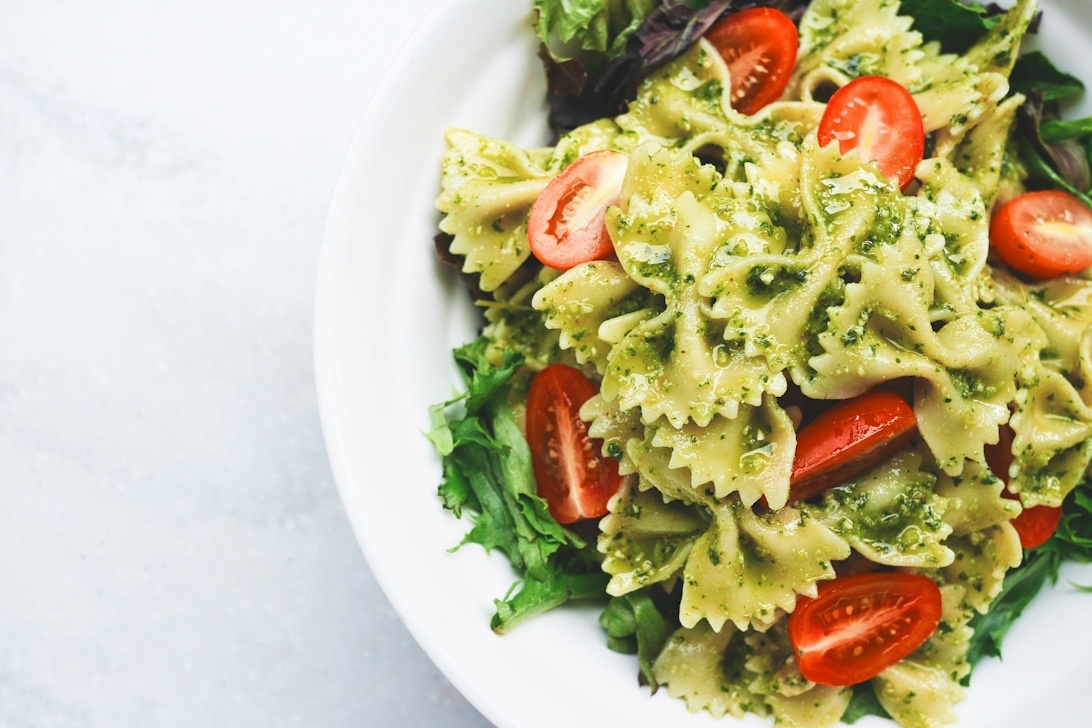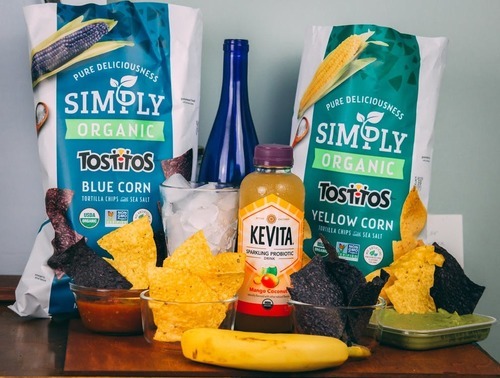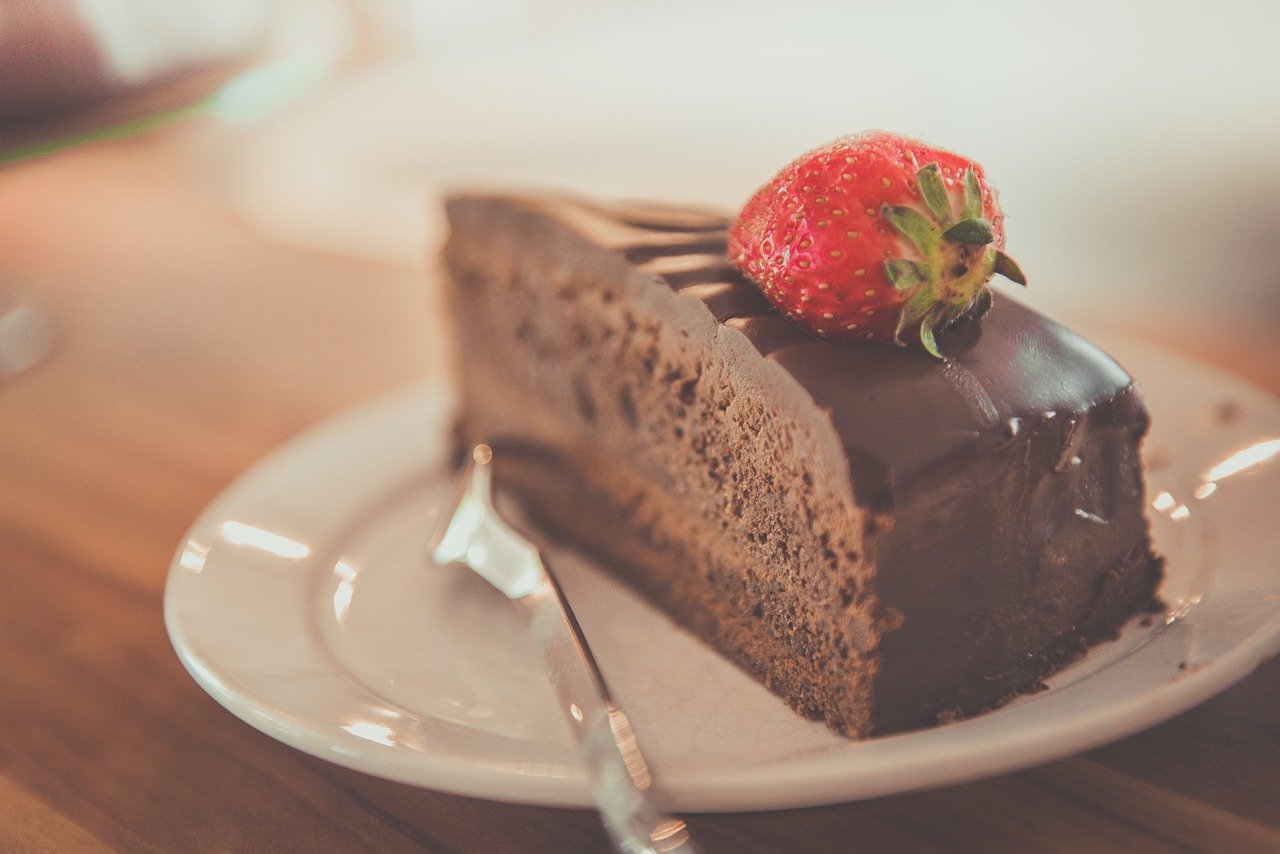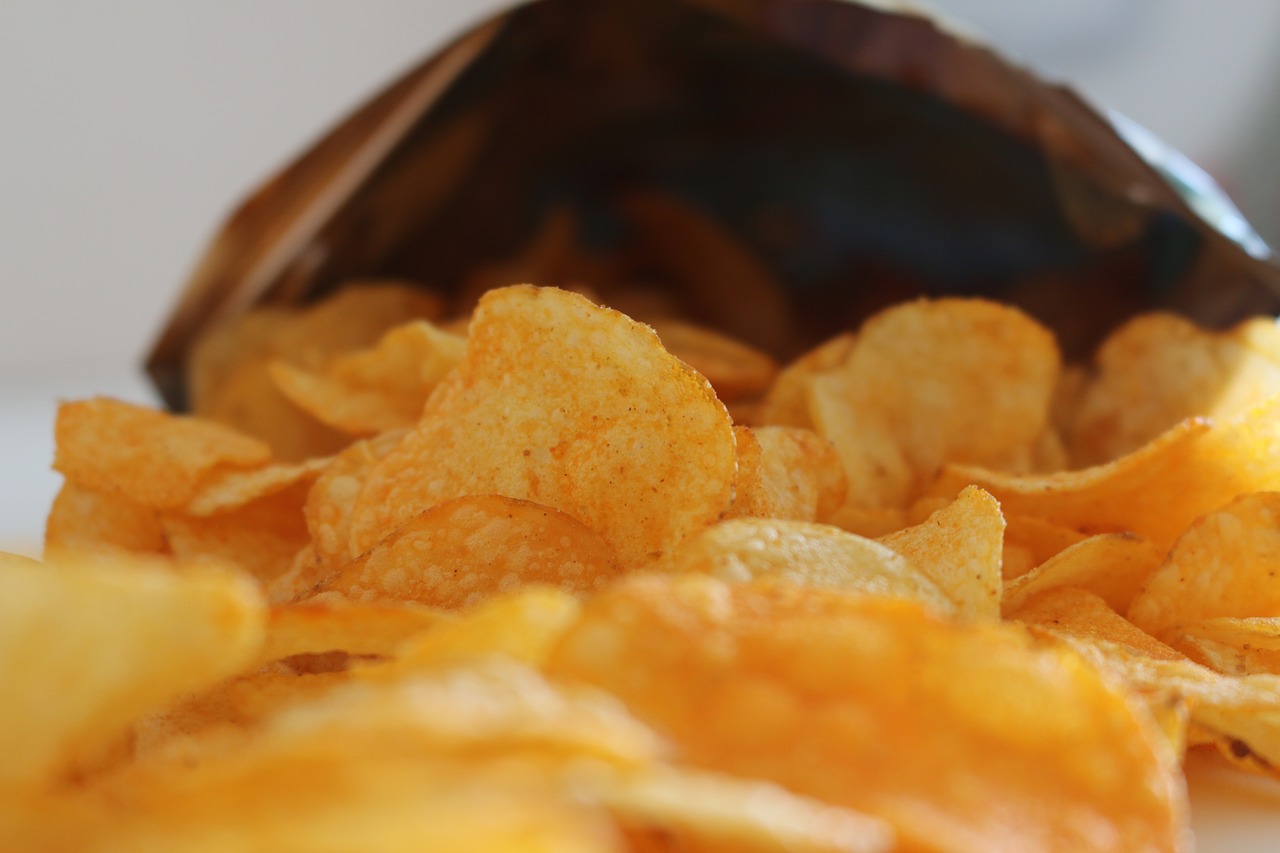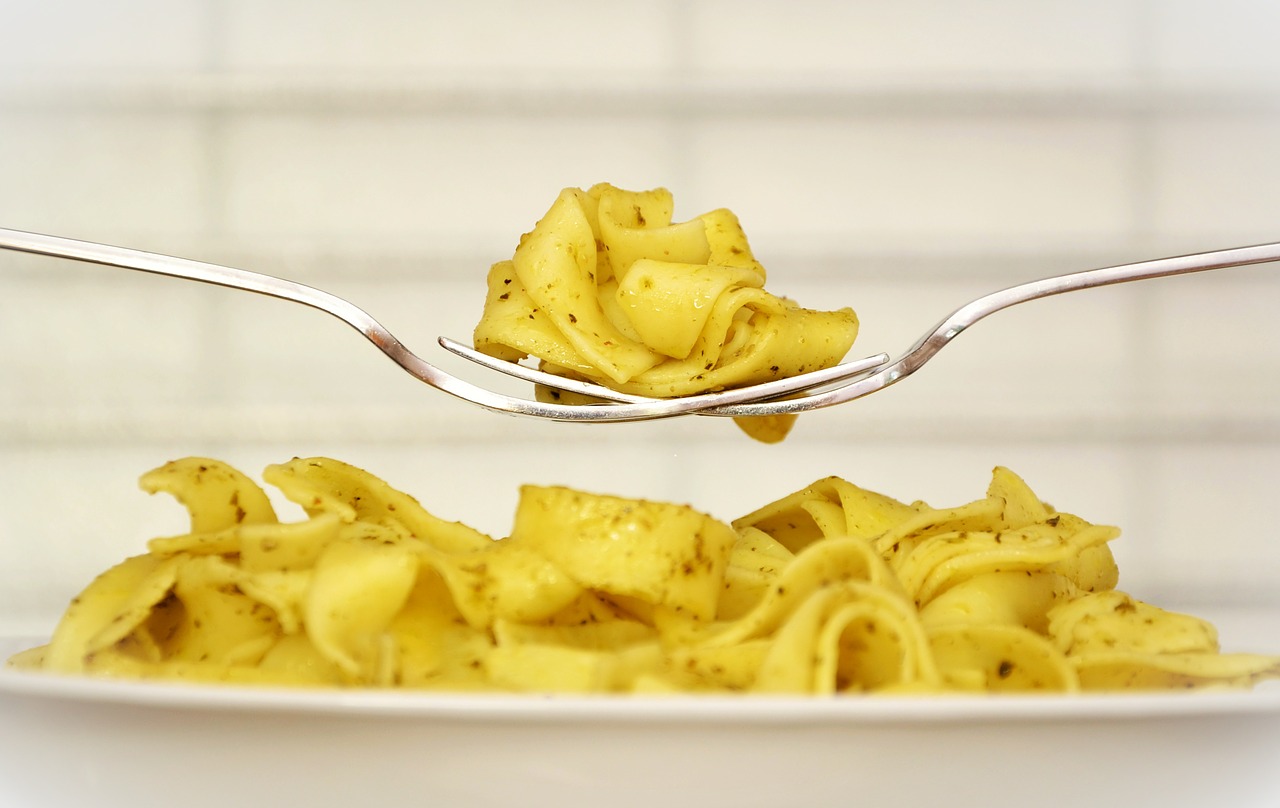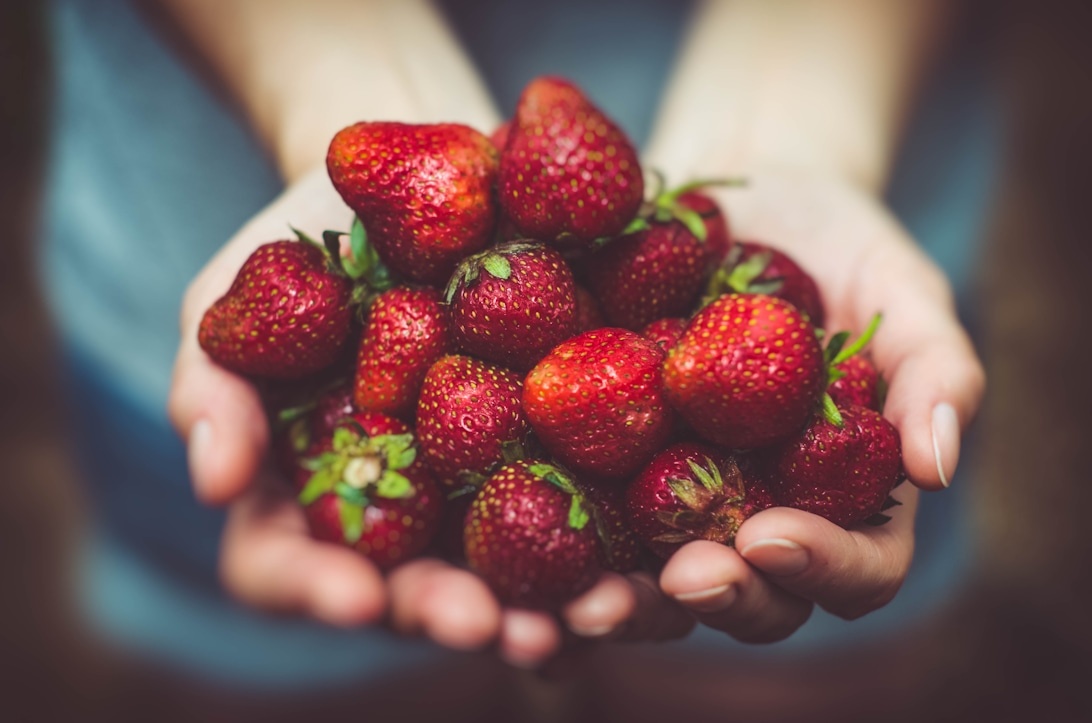
The Psychology Behind Snack Cravings: Understanding Why We Reach for Certain Foods
Ever found yourself halfway through a bag of chips without really knowing why you started? Or maybe you experience that sudden, intense urge for something sweet mid-afternoon? You’re definitely not alone. Snack cravings are a universal human experience, often dismissed as simple hunger or a lack of willpower. But dive a little deeper, and you’ll find a fascinating interplay between our brains, bodies, and emotions driving these urges. Understanding the ‘why’ behind your cravings is the first step towards navigating them more mindfully and building a healthier, happier relationship with the snacks you enjoy.
Understanding Cravings: Brain, Habits, and Hunger
Let’s first distinguish between hunger and cravings. True hunger is your body’s physiological need for fuel, often accompanied by physical sensations like a rumbling stomach or low energy. Cravings, however, are typically specific – an intense desire for a particular food, like chocolate, salty pretzels, or creamy ice cream. This desire often feels urgent and hard to resist, even if you’ve recently eaten. Research suggests that a vast majority of people, potentially up to 97% of people, experience food cravings regularly. They aren’t necessarily a sign of physical hunger but rather a complex signal stemming from a blend of psychological needs, learned behaviors, and sometimes, physiological cues that require a bit of detective work to decipher.
The Role of Dopamine and Reward
Our brains are wired for survival, and that includes seeking out pleasure and reinforcing behaviors that feel good. Enter dopamine, a key chemical messenger in the brain’s reward pathway linked to pleasure and motivation. When we eat something particularly delicious, especially foods high in sugar, fat, or salt, our brain releases dopamine, creating a pleasurable sensation. This reinforces the behavior, making us want to repeat it. Over time, our brain learns to associate certain foods with this reward, creating a memory link and leading to cravings even when we aren’t hungry. This dopamine connection is particularly relevant in understanding patterns like binge eating, where the anticipation and consumption of certain foods trigger intense dopamine responses, potentially overriding normal fullness cues.
Learned Associations and Habits
Beyond brain chemistry, conditioning plays a massive role. We learn to associate certain foods with specific situations, emotions, or times of day. Maybe it’s popcorn at the movies, a cookie with your afternoon coffee, or reaching for chips when stressed. These associations become ingrained habits. Research, including findings from the POUNDS Lost Study, strongly suggests that the *frequency* of consuming craved foods is directly linked to the intensity of cravings. Reducing how often you eat a particular snack, rather than just the portion size, seems to be more effective in weakening the craving over time, supporting this conditioning perspective.
How the Food Environment and Satiety Signals Play a Role
Our modern food environment complicates things further. The food industry often designs ‘hyper-palatable’ foods, engineered with precise combinations of fat, sugar, and salt to maximize this dopamine hit and keep us coming back for more. These foods tap into both our evolutionary drive for energy-dense foods (crucial for our ancestors’ survival) and our brain’s reward system, making them difficult to resist. Adding another layer is the brain’s intricate system for signaling fullness, or satiety. Hormones released during digestion, like cholecystokinin (CCK) – a key hormone released by the gut after eating to tell the brain ‘I’m full’ – send signals upwards. Recent research highlights specific brain regions, such as the parasubthalamic nucleus (PSTh), which acts like a receiving station crucial for processing these satiety messages. When this communication pathway is disrupted, perhaps due to stress, lack of sleep, or even the effects of certain ultra-processed foods, we might not register fullness properly. This can lead to continued eating or cravings even after consuming adequate calories, helping explain why sometimes ‘full’ doesn’t automatically mean ‘satisfied’ when it comes to these brain satiety signals.
Decoding the Signals: Physical and Emotional Drivers
While many cravings are psychologically driven, our bodies sometimes use them to signal genuine needs or react to internal states. Hormonal fluctuations are a common trigger, particularly for women during their menstrual cycle when cravings for things like chocolate might increase due to changes in estrogen and progesterone. Sometimes, a specific craving might hint at a potential nutrient need. For instance, an intense desire for chocolate could, in some cases, be linked to the body needing magnesium, a mineral abundant in cocoa. Similarly, craving salty snacks might occasionally relate to dehydration, as the body seeks electrolytes. While it’s rarely as simple as ‘craving X means you need Y’, paying attention to common craving patterns can sometimes offer clues. A persistent craving for sweets or refined carbohydrates might also relate to blood sugar fluctuations, where your body seeks a quick energy boost after a dip.
The Impact of Stress and Sleep
Stress also plays a significant role physiologically. When stressed, our bodies release cortisol, a hormone that can ramp up appetite, especially for high-fat, high-sugar ‘comfort’ foods. It’s the body’s primal way of seeking quick energy for a perceived threat, though less helpful in our modern lives where the ‘threat’ is often psychological rather than physical. Furthermore, stress can activate habit circuits in the brain, leading us automatically towards those familiar, often less nutritious, comfort foods. Don’t underestimate the impact of sleep either! When we’re sleep-deprived, our bodies produce more ghrelin (the ‘hunger hormone’) and less leptin (the ‘satiety hormone’). This hormonal imbalance can significantly increase appetite and cravings, particularly for energy-dense, less nutritious foods, as our body tries to compensate for the lack of rest. Prioritizing good sleep hygiene is therefore a fundamental strategy for managing cravings, underlining how physical states influence cravings.
Emotional Eating and Comfort Foods
Food and feelings are deeply intertwined. Many of us learn early on that food can provide comfort, distraction, or even a temporary mood boost. Emotional eating – reaching for snacks in response to stress, sadness, boredom, anxiety, or even happiness – is incredibly common. We might crave ‘comfort foods’ that remind us of childhood or positive experiences, tapping into powerful nostalgic triggers often linked to smell and memory. Identifying the underlying emotion driving a craving is key. Are you truly hungry, or are you seeking comfort or escape? Recognizing this pattern doesn’t mean judging yourself; it’s about understanding the connection. Interestingly, trying to strictly forbid certain foods often backfires. This ‘restriction mindset’ can make the forbidden food seem even more desirable, intensifying cravings and potentially leading to cycles of restriction followed by overindulgence. Allowing yourself to enjoy all foods in moderation, mindfully, can paradoxically reduce the power those foods hold over you, illustrating these psychological dynamics.
Navigating cravings: Towards mindful snacking choices
So, how do we navigate this complex world of cravings? It starts with awareness. Begin by noticing when your cravings strike, what you’re craving, and what might be triggering them – are you stressed, bored, tired, or genuinely hungry? Keeping a simple log for a few days can be illuminating. Remember, the goal isn’t to eliminate cravings entirely (they’re a normal part of being human!) but to understand them better so you can respond thoughtfully rather than reactively.
Building Foundational Healthy Habits
Building a foundation of healthy habits can significantly reduce the frequency and intensity of disruptive cravings. This includes eating balanced, regular meals rich in protein and fiber to promote satiety and stable blood sugar levels. Staying well-hydrated is crucial, as thirst is often mistaken for hunger; try drinking a glass of water first when a craving hits. Prioritizing adequate sleep addresses the hormonal imbalances mentioned earlier. Finding healthy ways to manage stress is also vital; try incorporating activities like taking a walk, deep breathing exercises, listening to music, engaging in a hobby, or talking to a friend to address common physiological and emotional triggers.
Smart Swaps and Alternatives
When a craving does hit, try pausing for a moment. Ask yourself what you really need. Sometimes a short walk or a few minutes of stretching can satisfy the underlying need more effectively than the snack itself. Consider having healthier alternatives readily available for your common cravings. If you often crave crunchy, salty snacks, try air-popped popcorn, roasted chickpeas, or nuts instead of chips. If sweets are your go-to, fruit, Greek yogurt with berries, or a small piece of dark chocolate (especially 80% cocoa or higher, which is richer in magnesium and often more satisfying in smaller amounts) might hit the spot. Experimenting with making healthier versions at home of your favorite treats can also be satisfying and puts you in control of the ingredients. It’s about making conscious choices that align with your wellbeing goals, without feeling deprived.
A Mindful and Compassionate Approach to Cravings
Ultimately, managing snack cravings isn’t about exerting superhuman willpower or labeling foods as ‘good’ or ‘bad’. It’s about cultivating self-awareness and self-compassion. Cravings are complex messages from our bodies and minds, influenced by everything from our brain chemistry and hormones to our habits and emotions. By learning to listen curiously, without judgment, we can start to understand what these messages are truly telling us. Sometimes, honoring a craving with a mindful portion of the food you desire is perfectly okay and can prevent feelings of deprivation that lead to overeating later. Other times, recognizing the craving as a signal for something else – rest, hydration, stress relief, or emotional connection – allows you to address the root cause more effectively. It’s a journey of understanding yourself better, one snack choice at a time, leading towards a more balanced, enjoyable, and nourishing relationship with food.
